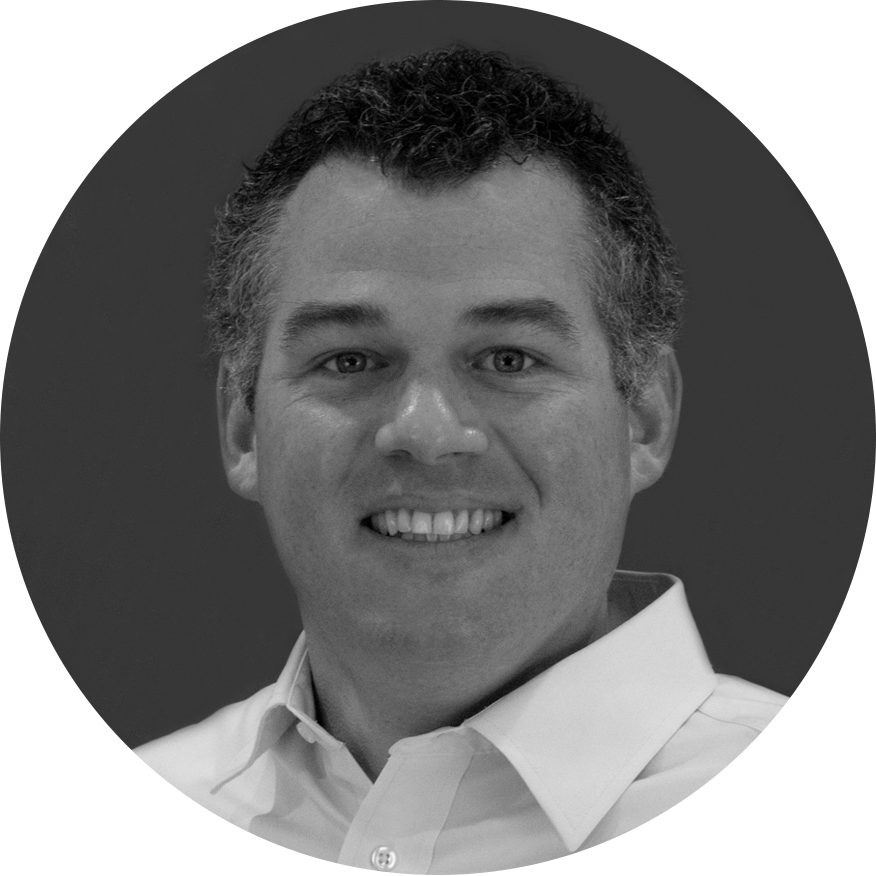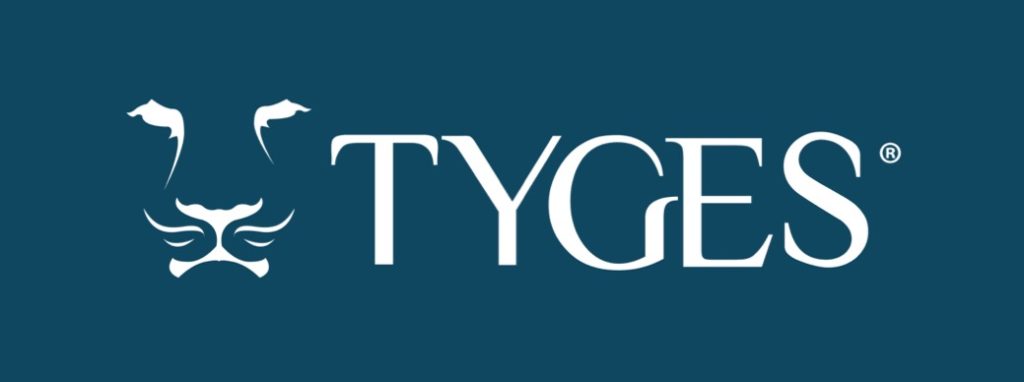As you know, your resume (or LinkedIn profile) can often be someone’s first impression of you and your professional career. This is basically a condensed class in resume best practices I sometimes share with individuals who either do not have a resume, have not kept it up to date or have not had much formal guidance on what a good resume looks like. This information might be exhausting, but it is not exhaustive. These are simply tools and thoughts. Take from it what you will, or not, but here it goes.
Fishing is something I enjoy, so I will use a fishing analogy on the subject… Think of your resume as being bespoke, substantive bait and not chum. You cater it to the position/company/industry you want to “catch”. Only you can determine how you want to be represented by your professional/executive documentation, but if you were the hiring authority/decision maker(s) at your ideal job or targeted position, what would you be searching for, attracted to and potentially “bite”? What would you want to see in a candidate that would make him/her stand out? This exercise is to hopefully leverage your resume (or LinkedIn profile) in the best possible way, getting the greatest amount of information that will lead the “fish” to you (while they use key word searches on multiple platforms) and hold their positive attention when they find you or you find them. This should be done in a 1 or 2 page document or condensed profile.

Points on taking the subjective out and putting the objective in:
1.) Keep things concise, solid, simple and as transferrable as possible. This is less about explaining your internal job description as a whole, but more about presenting your scope, what you did/do and the transferrable value you would bring to the organization looking at your resume. It is to accurately represent, but entice. Have enough information to give some substance, but not too much that could potentially get you in trouble or have a good situation overlook you because of the information being in too tight of a niche. Basically, this document is a “highlight reel”, painting the clear picture that YOU are the “product” they have been looking for. You want them to already have a strong, positive feeling about you before you even come to the table and are able to represent yourself on the phone or in person.
2.) Highlight tenure, organic growth and/or continuing education. If you stayed on board and were promoted one or multiple times at the same organization or took time to continue to hone your craft in a specialized area, show it. It tells the story as it is, which is that you were/are stable, bought-in and seen as someone who not only had the capacity to grow, but actively took the opportunity to do so.
3.) Use numbers wherever possible. If not every bullet point, at least 2-3 per position should include numbers. Numbers are the pictures in the book of our positions and career. They capture attention and tell the story of scope, growth and improvements without having to read a chapter on the subject. Also, what is always transferrable and what do most people and organizations understand? Time, dollars($) and pieces of pie (%). What items are/were identified and improved on your watch (measurable accomplishments)?
Examples could be a % increase in throughput while reducing overhead in an area, the customer opportunity resolution timeline being closed by X%, the timeline of efficiently/effectively rolling out new product(s) (on/under budget on/under timeline), increase inventory turns, getting ROI on CapEx in X timeline, working with vendor(s) to save $X YOY (year over year), identified and carried out W process improvement in X area that save Y amount of time or $Z or whatever.
4.) Use buzz or key words or industry acronyms where they apply: You and the hiring authority live in the same world and they are looking for someone who speaks their “language”. Do you use acronyms or industry terms such as VOC (voice of the customer), ROI (return on investment), NPD (new product development), NPI (new product introduction), OEE (overall equipment effectiveness), vendor (contracts, pricing, negotiation, management, etc.), KPIs, data, metrics, B2B, B2C, omni-channel, road mapping, stage gating, value stream mapping, lean tools (like Kaizen events, continuous improvement, standard work, visual management, Pareto charts, 80/20 principle, fishbone diagrams, hoshin kanri, automation, etc.), cross-functional, P&L management, budget analysis and management, SEO, SMO, mentoring, influencing, leading, executing, delivering, realizing, etc.? Speak or use your professional vocabulary.
5.) Try to stay away from terms of ambiguity or exaggeration: Terms such as various, multiple, some, a lot, occasionally, very, sometimes, great and the like should not be used. Be specific.
6.) Know what you have on your resume and be able to speak to it if/when asked. Know your story. Sometimes it can be hard to explain without practice, but creating a solid resume is good practice in keeping your story (and ability to quickly, accurately tell it) in the front of your mind. If it has been a while since you have spoken about yourself, ask your significant other, friend or colleague to role play a mock interview and to ask specific questions. Be sure to answer with substance and specificity. Use the STAR method or a similar format. If you cannot think of the numbers or specifics surrounding your answer, take note of where you struggled. After the exercise, look that information up, think it through or ask a previous colleague about that particular project or whatever it was. Use this information to apply to your resume and to bolster your confidence in an interview situation.

If you decide to use an executive/professional summary, make it count:
The top of your resume is the most prized real estate on the document. You want to make the most of everything, but particularly this area.
This one is an example of a VP of Operations:
Driving Operational Improvements thru Data-Driven Projects & Daily Application of Lean Fundamentals. Experienced Operational Leader with a solid record of achieving sustained results across global organizations through collaborative problem solving and innovative application of Lean principles. Partnering with facility teams to access current state and develop strategic road maps to drive improvement. Demonstrated history of overseeing difficult projects, including facility consolidations, business integrations, and plant productivity projects. Known for developing strong relationships, being proactive and passionate about driving decisive business outcomes.
Highlight skills, tools and certifications you have and would be looking for as the hiring authority:
As aforementioned in point #4, key words are important. Use some of that valuable real estate at the top of your resume for displaying the most relatable terms in the way of your applicable skills.
Examples: Strategic Planning & Deployment – Lean Implementation or Deployment – Promotional Program Planning and Execution – Operational Efficiencies -Safety Processes/Improvement – Team Building and Development – Lean Tools – P&L Management or Ownership – System Implementation (EAM, OEE) – Continuous Improvement – System Data Integration and Optimization – ERP – MRP – CRM Implementation – Oracle, NetSuite, SAP, HubSpot, Salesforce, etc. – SEO – SMO – Google Analytics
Obviously not all of the above summary and/or skills will be specifically relatable to you, but you get what I mean. Highlight your specialties and be conscious of space or ambiguous “fluff”.
Keep it alive:
Even if you are fully engaged at work, love where you are and end up staying at your current employer for a long time, I would suggest you keep your resume a living document, or at least keep specific record of where you make a difference and bring value at work. Over time, those improvements and projects can blur into obscurity, if not made note of as they occur. Tracking these things not only shows others what you bring to the table and where you directly brought about positive change, but can also give you a sense of accomplishment in reflecting on your contributions to the organization and those around you.
Ask for feedback:
Share your resume with those you trust. Mentor(s), colleagues, recruiters in your industry, friends or your significant others can give provide feedback, good or bad. I say mentors, colleagues and recruiters first because they live and work in your space, so the quality of the feedback should be relatively good. You can tweak things as you see fit, or (as I mentioned at the beginning of this) do not. It is all up to you.

We are here to help good things happen for other people, so I hope some of this was helpful for you or could be for someone you know who might need a little guidance on their resume or LinkedIn profile.
What other best practices do you use or find most of greatest value?

Written by: Jon Gentry, Executive Recruiter
18 years of experience in front-line customer service, sales, and management of both private and public (including NASDAQ-100/S&P500) brands have developed Jon Gentry as an interpersonal, empathic, well-rounded professional.
From support/service staff to ownership, respect for one’s person and time is the foundation on which our relationships are built. Jon values the time spent and insight gained with each conversation. This valuable, reciprocal engagement helps sketch the blueprint of the structure that is the bridge between our clients and valuable, qualified candidates. Each building block of our process is made from the same material: Integrity, Respect, Accountability, Determination, and Courage. These core values are those of Jon and TYGES.

“We’re here to make good things happen for other people.“


